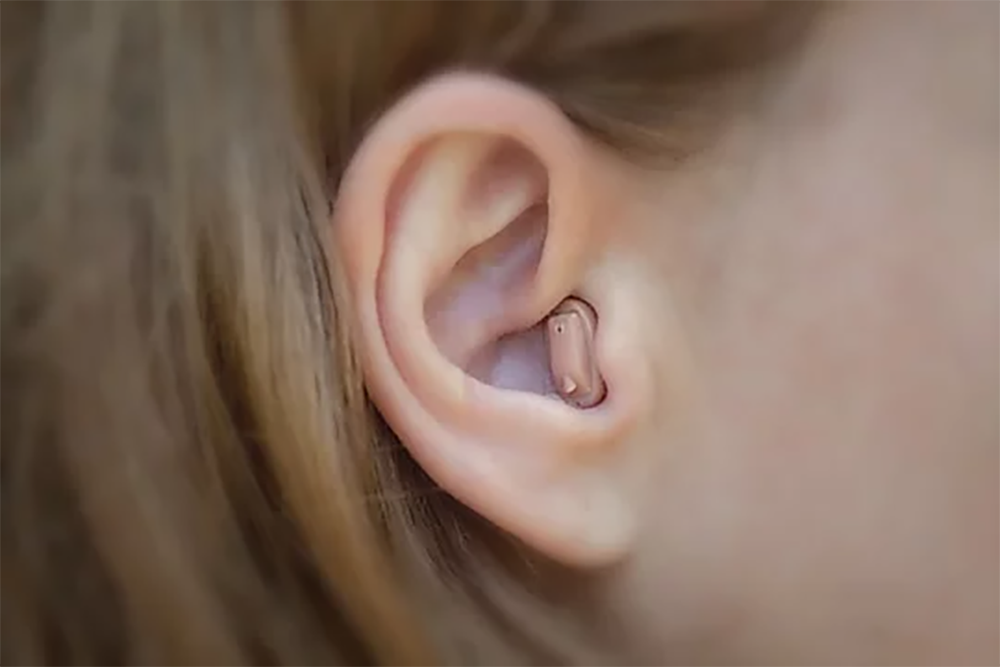Combating Modern Stress: The Science and Art of Mindful Breathing
Can something as simple as breathing help to combat stress, anxiety, and other adverse mental health conditions? The answer, as emerging scientific research suggests, is a resounding yes. This article delves into the fascinating world of mindful breathing, a powerful yet often overlooked wellness strategy that can significantly improve mental well-being.

The History and Science of Mindful Breathing
While the practice of mindful breathing may seem like a recent wellness trend, it has historical roots dating back thousands of years. Ancient cultures, particularly those in Asia, have long recognized the relationship between breath control and mental well-being. Traditional practices such as yoga, meditation, and martial arts often incorporate intricate breathing techniques, hinting at a deeper understanding of the body-breath-mind connection.
Modern science has begun to unravel the mechanisms behind this connection. On a fundamental level, deep and focused breathing can stimulate the parasympathetic nervous system, often referred to as the body’s “rest and digest” system. This stimulation can help to reduce stress, lower heart rate, and promote a sense of calm. Furthermore, mindful breathing can enhance concentration and mental clarity, potentially aiding in tasks that require sustained attention.
Current Health Trends and Expert Insights
Mindful breathing has been gaining traction in the health and wellness community, with several studies demonstrating its potential benefits. For instance, a 2018 study published in the Journal of Clinical Psychology found that individuals who practiced mindful breathing reported lower levels of stress and anxiety compared to a control group.
Moreover, health experts are increasingly recommending mindful breathing techniques as part of a comprehensive wellness strategy. The practice is being incorporated into mindfulness-based stress reduction (MBSR) programs, cognitive-behavioral therapy (CBT), and even corporate wellness initiatives.
Despite these promising trends, it’s important to note that mindful breathing is not a cure-all solution. It should be seen as a tool within a broader mental health toolkit, complementing other strategies such as regular exercise, balanced nutrition, and professional mental health support when needed.
The Practical Side of Mindful Breathing
Here are some simple yet effective ways to incorporate mindful breathing into your daily routine:
- Start small: Begin with just a few minutes per day and gradually increase your practice time as you become more comfortable.
- Find a quiet place: A peaceful environment can help to enhance your focus and reduce distractions.
- Follow a guide: Numerous apps and online resources offer guided mindful breathing exercises, which can be particularly useful for beginners.
Interesting Facts and Tips
- Regular practice of mindful breathing can lead to long-term changes in the brain, enhancing areas associated with attention and emotional regulation.
- Mindful breathing can be particularly effective when combined with other mindfulness practices, such as yoga or meditation.
- This practice is not reserved for quiet, meditative moments alone. You can practice mindful breathing in various situations - during a work break, before an important meeting, or even stuck in traffic.
In closing, mindful breathing is a simple yet powerful tool that can offer a multitude of mental health benefits. Its historical roots and emerging scientific support make it an intriguing area within the health and wellness sphere. By incorporating mindful breathing into your daily routine, you can take an active step towards improving your mental well-being, reducing stress, and promoting overall wellness.




